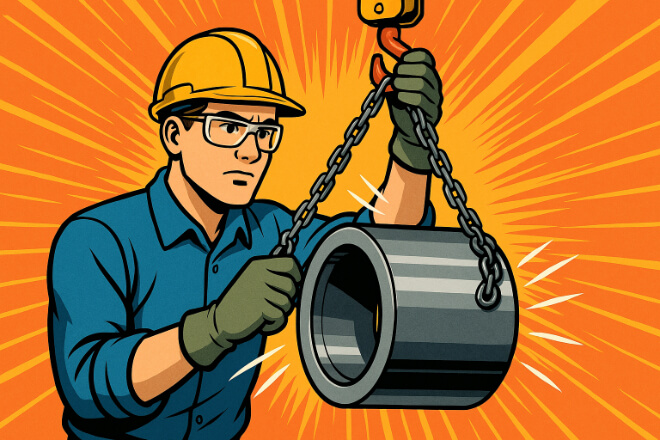How Coatings Like TiN and DLC Improve Tungsten Carbide Bushings

Tungsten carbide bushings are widely used in industries such as oil and gas, chemical processing, and machinery because of their excellent wear resistance and hardness. However, even the best tungsten carbide surfaces can experience friction, corrosion, or premature wear under extreme conditions. This is where advanced coatings such as TiN (Titanium Nitride) and DLC (Diamond-Like Carbon) come in. These coatings enhance the surface properties of tungsten carbide bushings, providing additional protection and extending their operational life. In this article, we will explore how these coatings work, their benefits, and how to choose the right one for your application. Why Coatings Are Applied to Tungsten Carbide Bushings Tungsten carbide is already […]
Nickel-Bonded vs Cobalt-Bonded Tungsten Carbide Bushings

Tungsten carbide bushings are essential components in many industrial systems, valued for their hardness, wear resistance, and durability. The performance of these bushings depends not only on the tungsten carbide (WC) itself but also on the type of metal binder used—most commonly nickel (Ni) or cobalt (Co). The binder holds tungsten carbide grains together, influencing properties such as toughness, corrosion resistance, and thermal stability. Choosing between nickel-bonded and cobalt-bonded bushings can significantly impact the service life and performance of machinery. This article explains the key differences between the two types and offers guidance on selecting the right one for your application. Understanding the Role of Metal Binders in Tungsten Carbide […]
Field Repair Options for Worn Tungsten Carbide Bushings

Tungsten carbide bushings are designed to handle extreme wear, friction, and pressure in pumps, compressors, and rotating machinery. However, even the most durable bushings eventually wear down after long service. When this happens, replacing the bushing is not always the fastest or most cost-effective option. In many cases, field repair can restore worn tungsten carbide bushings to near-original performance, saving both time and money. This article explains practical field repair methods, when to use them, and best practices for maintaining performance after repair. Understanding Wear in Tungsten Carbide Bushings Tungsten carbide is extremely hard, but it can still suffer from wear due to continuous friction, corrosion, or improper lubrication. Identifying […]
Proper Handling and Storage of Tungsten Carbide Bushings

Tungsten carbide bushings are vital components in various industrial applications, known for their exceptional durability, wear resistance, and hardness. These properties make them ideal for use in high-load, high-speed environments. However, proper handling and storage are essential to maintain the integrity and performance of tungsten carbide bushings. Mishandling or improper storage can lead to cracks, chips, or other forms of damage that may affect the bushing’s performance and lifespan. In this blog, we’ll explore best practices for handling and storing tungsten carbide bushings to ensure they operate at peak efficiency. Why Proper Handling Matters for Tungsten Carbide Bushings Tungsten carbide is a hard and brittle material, which means it is […]
How to Measure Internal and External Clearance of Bushings

Accurate measurement of the internal and external clearance of bushings is essential for ensuring that these components function properly and efficiently in machinery. Bushings are critical for reducing friction, supporting rotating shafts, and preventing wear in various industrial applications. When the clearance between the bushing and its mating components is not properly measured or maintained, it can result in misalignment, increased friction, and premature wear. In this blog, we will guide you through the process of measuring both the internal and external clearance of bushings, and explain why this is essential for the longevity of your equipment. What is Clearance in Bushings? Clearance refers to the space or gap between […]
